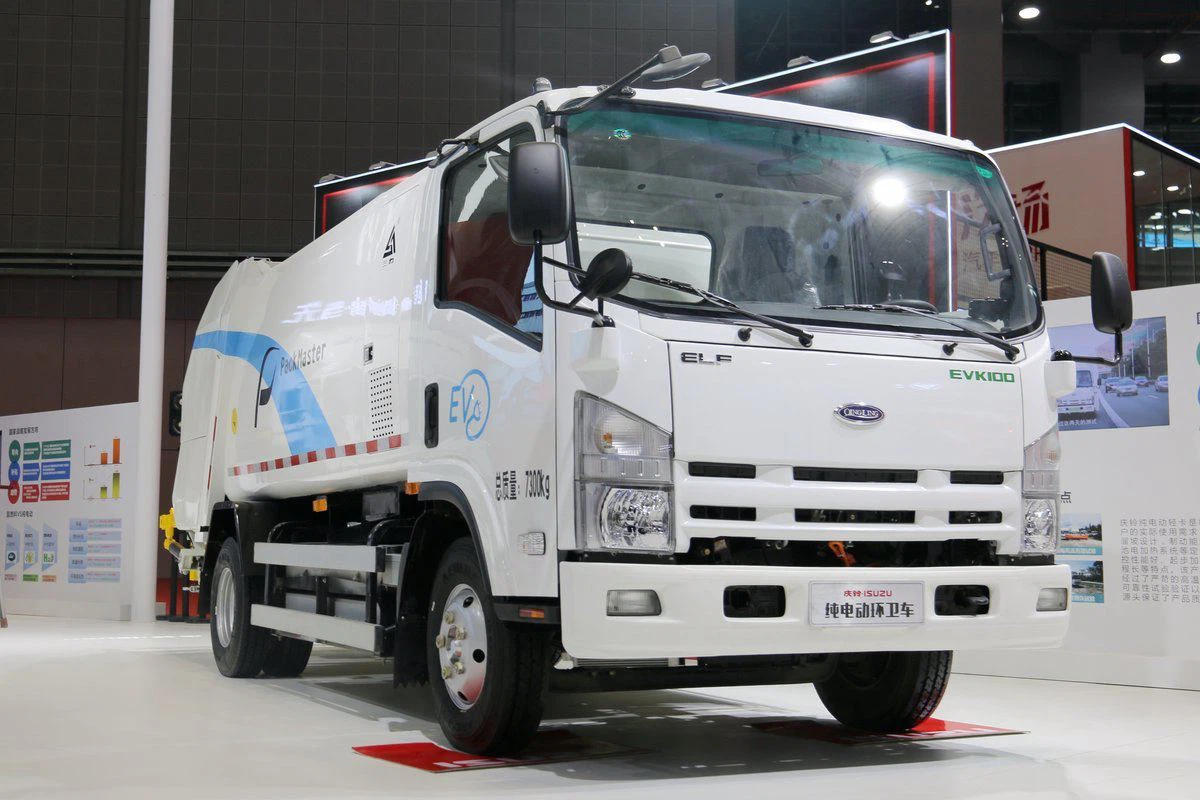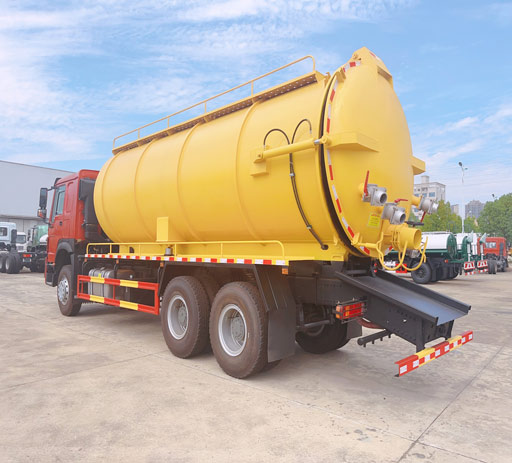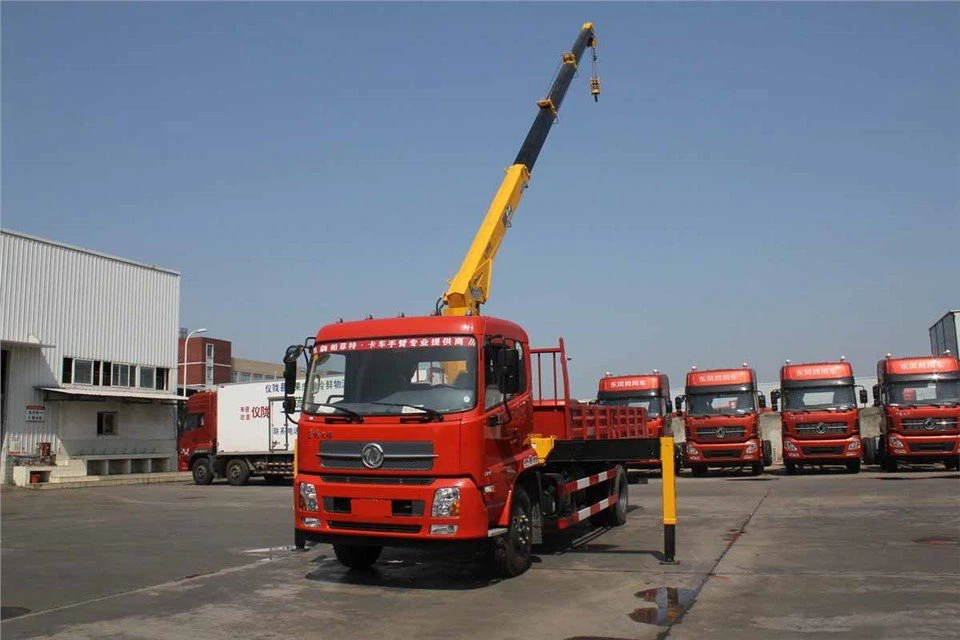Understanding Peterbilt Cab and Chassis: A Comprehensive Guide

Introduction to Peterbilt Cab and Chassis
When it comes to heavy-duty trucks, Peterbilt is a name that stands out in the industry. Known for their durability and reliability, Peterbilt cab and chassis models offer a robust platform for various applications. This article delves into the features, benefits, and options available with Peterbilt cab and chassis, providing you a solid understanding of this essential part of the trucking industry.
The Importance of Cab and Chassis Configuration
A cab and chassis configuration is critical for any commercial truck. This setup includes the truck’s cab for the driver and a chassis that supports the vehicle’s weight and load. Here, we’ll explore what makes the Peterbilt cab and chassis distinct.
What is a Cab and Chassis?
A cab and chassis truck consists of a cab for the driver and a bare frame (or chassis) that can be customized according to specific needs. These setups allow for the installation of various types of bodies, such as box trucks, flatbeds, or refuse containers.
Benefits of Cab and Chassis Designs
- Customization: Allows for various body types according to business needs.
- Versatility: Suitable for several applications from delivery services to specialized operations.
- Durability: Designed to withstand heavy loads and rough terrain.
Key Features of Peterbilt Cab and Chassis
Peterbilt is recognized for producing high-quality trucks, and their cab and chassis models come equipped with a variety of features.
Ergonomic Design
Peterbilt cab designs prioritize driver comfort, featuring adjustable seats, user-friendly interfaces, and spacious interiors to reduce fatigue during long drives.
Engine Options
Peterbilt offers a range of engine options for its cab and chassis models, including:
| Engine Model | Horsepower | Torque |
|---|---|---|
| Cummins ISX12 | 400-600 HP | 1,450-2,100 lb-ft |
| Paccar MX-13 | 370-565 HP | 1,450-1,850 lb-ft |
Advanced Safety Features
Safety is crucial in the trucking industry. Peterbilt cab and chassis models are equipped with advanced features such as:
- Collision avoidance systems
- Lane departure warnings
- Adaptive cruise control

Popular Peterbilt Cab and Chassis Models
Peterbilt produces several cab and chassis models, each tailored for different needs.
Peterbilt 579
The 579 is a popular choice for long-haul trucking. It combines aerodynamics with fuel efficiency, making it ideal for freight transport.
Specifications
- GVWR: Up to 80,000 lbs
- Engine Options: Cummins ISX, Paccar MX-13

Peterbilt 389
The 389 is known for its classic styling and heavy-duty capabilities. It’s perfect for operators who prefer a traditional look with modern performance.
Specifications
- GVWR: 80,000 lbs
- Engine Options: Cummins ISX, Paccar MX-13
Customization Options for Peterbilt Cab and Chassis
One of the standout features of Peterbilt’s cab and chassis models is the customization options they provide.
Body Types Available
Businesses can choose from various body types to match their operational needs:
- Flatbed
- Box truck
- Refuse and recycling
- Dump truck
Interior Customizations
Beyond the truck’s exterior, owners can customize the interior for improved comfort and functionality. Options may include:
- Upgraded seating materials
- Advanced audio and navigation systems
- Additional storage solutions
Cost Considerations for Owning a Peterbilt Cab and Chassis
Investing in a Peterbilt cab and chassis requires careful budgeting.
Initial Purchase Price
The cost of Peterbilt cab and chassis can vary significantly based on model and customization:
| Model | Approximate Price (USD) |
|---|---|
| Peterbilt 579 | $130,000 – $160,000 |
| Peterbilt 389 | $120,000 – $150,000 |
Operating Costs
Consider ongoing costs such as insurance, fuel, maintenance, and potential repair costs. Regular maintenance is crucial to ensuring longevity and efficiency.
Maintenance Tips for Peterbilt Cab and Chassis
Maintaining your Peterbilt cab and chassis is essential for performance and safety.
Regular Inspections
Conduct regular inspections of brake systems, tire conditions, and engine performance. Catching problems early can save money on repairs.
Scheduled Maintenance Services
Follow the manufacturer’s recommended maintenance schedule. This typically includes:
- Oil changes every 15,000 miles
- Filter replacements
- Brake adjustments
Real-Life Applications of Peterbilt Cab and Chassis
Let’s look at how various businesses make use of Peterbilt cab and chassis models.
Construction Industry
In the construction industry, Peterbilt models equipped with dump bodies are vital for transporting materials.
Logistics and Delivery Services
Companies in logistics often use box trucks mounted on Peterbilt chassis for deliveries due to their reliability and ample cargo space.
Refuse Collection
Peterbilt cab and chassis fitted with specialized garbage trucks are commonplace in refuse collection, trusted for their strength and maneuverability.
Frequently Asked Questions (FAQs)
What are the advantages of choosing a Peterbilt cab and chassis?
Peterbilt cab and chassis models are known for their durability, customizable options, and ergonomically designed interiors, making them an ideal choice for various applications.
Are Peterbilt cab and chassis models fuel-efficient?
Yes, Peterbilt focuses on aerodynamics and engine efficiency, which help enhance fuel economy across their cab and chassis models.
Can I customize my Peterbilt cab and chassis?
Absolutely! Peterbilt offers various customization options, including different body types and interior upgrades to suit your needs.
What is the typical lifespan of a Peterbilt cab and chassis?
With proper maintenance, a Peterbilt cab and chassis can have a lifespan of 15 years or more, depending on its application and upkeep.
How do I choose the right Peterbilt model for my business?

Consider your specific needs, such as load capacity, engine requirements, and desired body type. Consulting with a dealer can help you make an informed decision.
What financing options are available for purchasing a Peterbilt cab and chassis?
Various financing options exist, including loans, leases, and manufacturer-sponsored financing programs. It’s advisable to explore these options to determine which best fits your budget.
